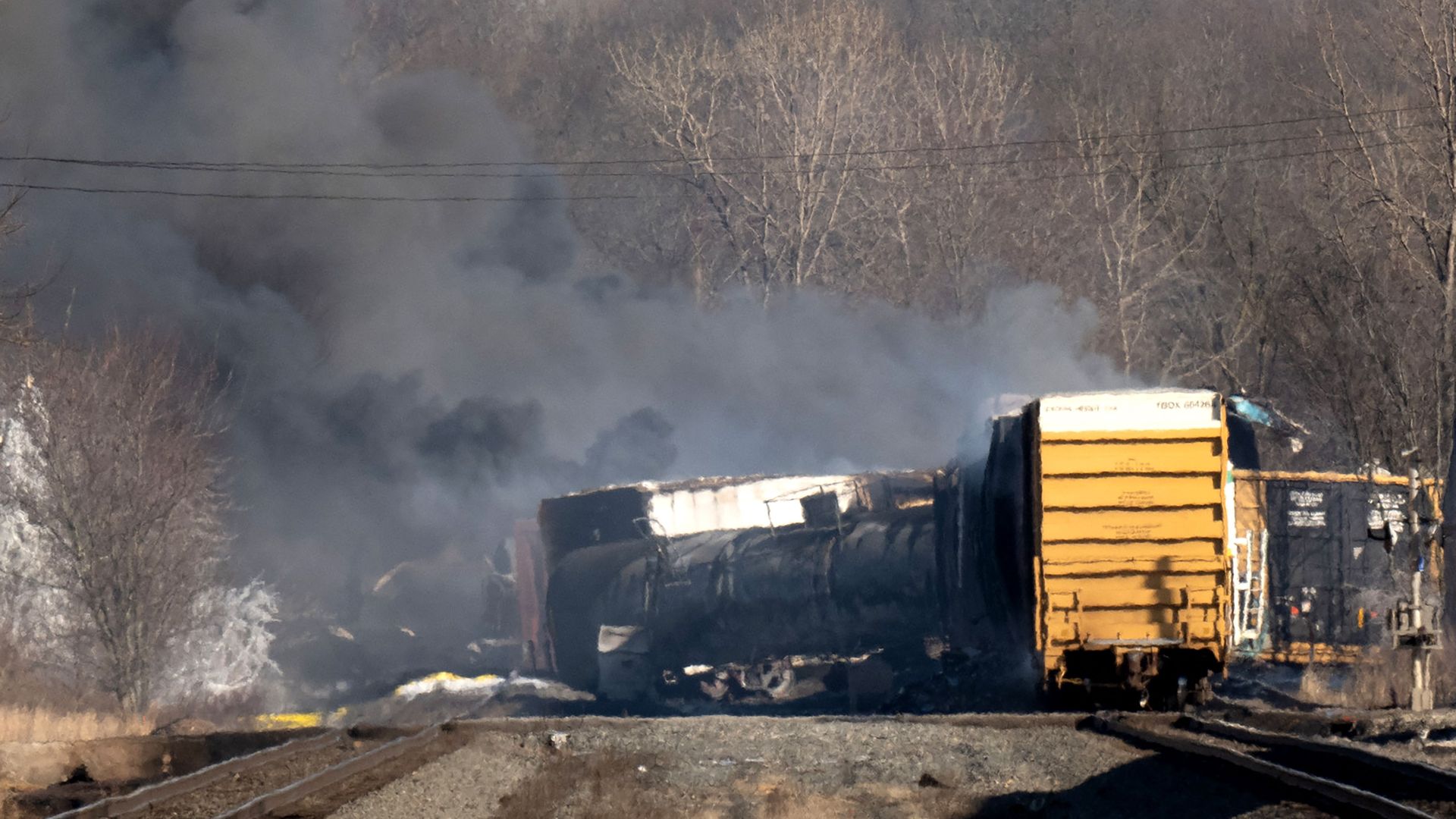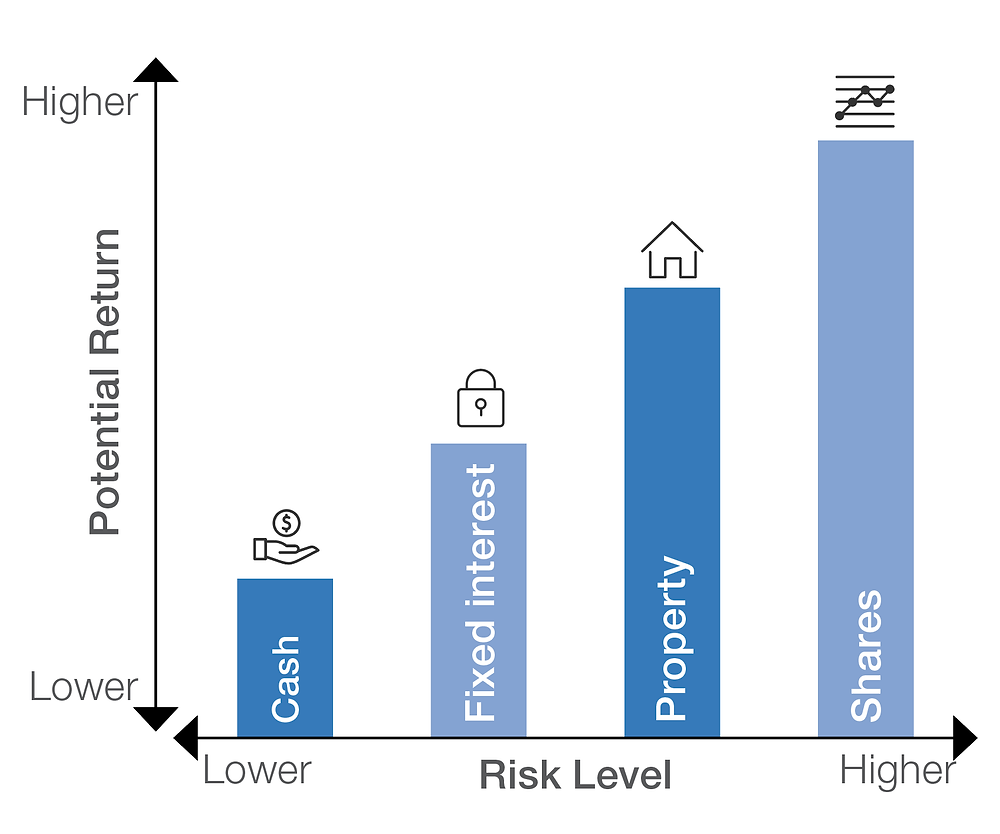Long-Term Contamination: Toxic Chemicals From Ohio Train Derailment Persist In Buildings

Table of Contents
Persistent Chemical Residues in Building Materials
The release of vinyl chloride and other hazardous chemicals during the Ohio train derailment poses a significant long-term contamination risk. These chemicals can penetrate various building materials, leaving behind persistent residues that pose a threat to human health. Vinyl chloride, a known carcinogen, is particularly concerning due to its volatility and ability to seep into porous materials.
- Absorption into porous materials: Chemicals like vinyl chloride can readily penetrate materials such as wood, drywall, and insulation. These materials act like sponges, absorbing the chemicals and potentially releasing them over time.
- Potential for off-gassing over extended periods: Even after the initial release, these chemicals can continue to off-gas, meaning they slowly evaporate from building materials, creating an ongoing exposure risk for residents. This slow release can make it difficult to assess the true extent of contamination.
- Difficulty in complete remediation: Completely removing these chemicals from building materials is extremely challenging and often cost-prohibitive. Traditional cleaning methods may not be sufficient to eliminate deeply embedded residues.
- Long-term health risks associated with prolonged exposure: Prolonged exposure to even low levels of vinyl chloride and other toxic chemicals can lead to a range of severe health problems, including respiratory issues, various cancers, and neurological damage. The long-term health effects are a major concern for residents in affected areas.
Challenges in Detecting and Removing Contamination
Identifying and removing the deeply embedded chemicals resulting from the derailment presents significant challenges. The complexity of the contamination and the limitations of current technologies hinder effective remediation efforts.
- Limitations of current testing methods: Accurately detecting and quantifying the presence of chemicals within building materials can be difficult. Current testing methods may not be sensitive enough to identify low levels of contamination, and the cost can be prohibitive for widespread testing.
- Cost-prohibitive remediation strategies: The removal or neutralization of deeply embedded chemicals requires specialized techniques and expertise, significantly increasing the cost of remediation efforts. This cost burden often falls on homeowners and communities.
- Lack of standardized cleanup protocols: The absence of standardized cleanup protocols makes it difficult to ensure consistent and effective remediation across different buildings and situations. This lack of uniformity adds to the challenge of long-term contamination management.
- Difficulty in accessing all affected areas: Accessing all potentially contaminated areas within and around buildings can be difficult, hindering comprehensive testing and remediation efforts. This includes areas like crawl spaces, attics, and basements which are often overlooked.
The Role of Air Quality Monitoring
Continuous air quality monitoring plays a crucial role in assessing and managing the long-term contamination risks. This ongoing monitoring helps identify potential hazards and inform remediation strategies.
- Identifying elevated levels of volatile organic compounds (VOCs): Air quality monitoring helps identify elevated levels of VOCs, including vinyl chloride, providing an indicator of potential contamination sources within buildings.
- Assessing health risks to residents: Monitoring data helps assess the potential health risks posed to residents from exposure to these chemicals. This information is vital for public health authorities and medical professionals.
- Informing remediation strategies: Air quality data informs the design and implementation of effective remediation strategies, ensuring that cleanup efforts target the most critical areas.
- Providing data for long-term monitoring: The data collected through continuous monitoring provides a baseline for assessing the long-term effectiveness of remediation efforts and for tracking any potential resurgence of contamination.
Long-Term Health Impacts on Residents
The long-term exposure to the chemicals released during the derailment carries significant risks to the health of residents. The potential consequences are far-reaching and potentially devastating.
- Respiratory problems: Exposure to vinyl chloride and other toxins can cause various respiratory problems, including bronchitis, asthma, and lung cancer.
- Cancer risks: Vinyl chloride is a known human carcinogen, significantly increasing the risk of several types of cancer. Other chemicals released also pose potential cancer risks.
- Neurological disorders: Exposure to certain chemicals can lead to neurological disorders, affecting cognitive function, memory, and motor skills.
- Reproductive health issues: Some of the released chemicals can negatively impact reproductive health, resulting in fertility problems and birth defects.
Conclusion
The Ohio train derailment highlights the devastating and long-lasting consequences of chemical spills, emphasizing the urgent need for comprehensive testing, effective remediation strategies, and ongoing monitoring to mitigate long-term contamination risks. The persistent presence of toxic chemicals in buildings necessitates a proactive and sustained approach to protect public health and the environment. Demand accountability and transparency from authorities regarding the long-term contamination assessment and remediation efforts. Learn more about the ongoing situation and how you can contribute to ensuring the long-term health and safety of affected communities. Stay informed about updates on the long-term contamination issue.

Featured Posts
-
 Turning Trash Into Treasure An Ai Powered Poop Podcast From Repetitive Documents
Apr 24, 2025
Turning Trash Into Treasure An Ai Powered Poop Podcast From Repetitive Documents
Apr 24, 2025 -
 Investor Concerns About High Stock Market Valuations Bof As Response
Apr 24, 2025
Investor Concerns About High Stock Market Valuations Bof As Response
Apr 24, 2025 -
 Instagram Launches Video Editor To Attract Tik Tok Creators
Apr 24, 2025
Instagram Launches Video Editor To Attract Tik Tok Creators
Apr 24, 2025 -
 Hisd Mariachi Groups Viral Whataburger Video Sends Them To Uil State
Apr 24, 2025
Hisd Mariachi Groups Viral Whataburger Video Sends Them To Uil State
Apr 24, 2025 -
 Pope Francis Legacy A More Global Yet Divided Church
Apr 24, 2025
Pope Francis Legacy A More Global Yet Divided Church
Apr 24, 2025
Latest Posts
-
 Secure Your Future Identifying The Real Safe Bet For Your Portfolio
May 10, 2025
Secure Your Future Identifying The Real Safe Bet For Your Portfolio
May 10, 2025 -
 Flat Market Today India Stock Market Summary Sensex Nifty 50 Performance
May 10, 2025
Flat Market Today India Stock Market Summary Sensex Nifty 50 Performance
May 10, 2025 -
 Finding The Real Safe Bet A Practical Guide To Low Risk Investments
May 10, 2025
Finding The Real Safe Bet A Practical Guide To Low Risk Investments
May 10, 2025 -
 Bajaj Twins Drag On Sensex And Nifty 50 Flat Market Close
May 10, 2025
Bajaj Twins Drag On Sensex And Nifty 50 Flat Market Close
May 10, 2025 -
 Is The Real Safe Bet A Myth Understanding Investment Risk
May 10, 2025
Is The Real Safe Bet A Myth Understanding Investment Risk
May 10, 2025
